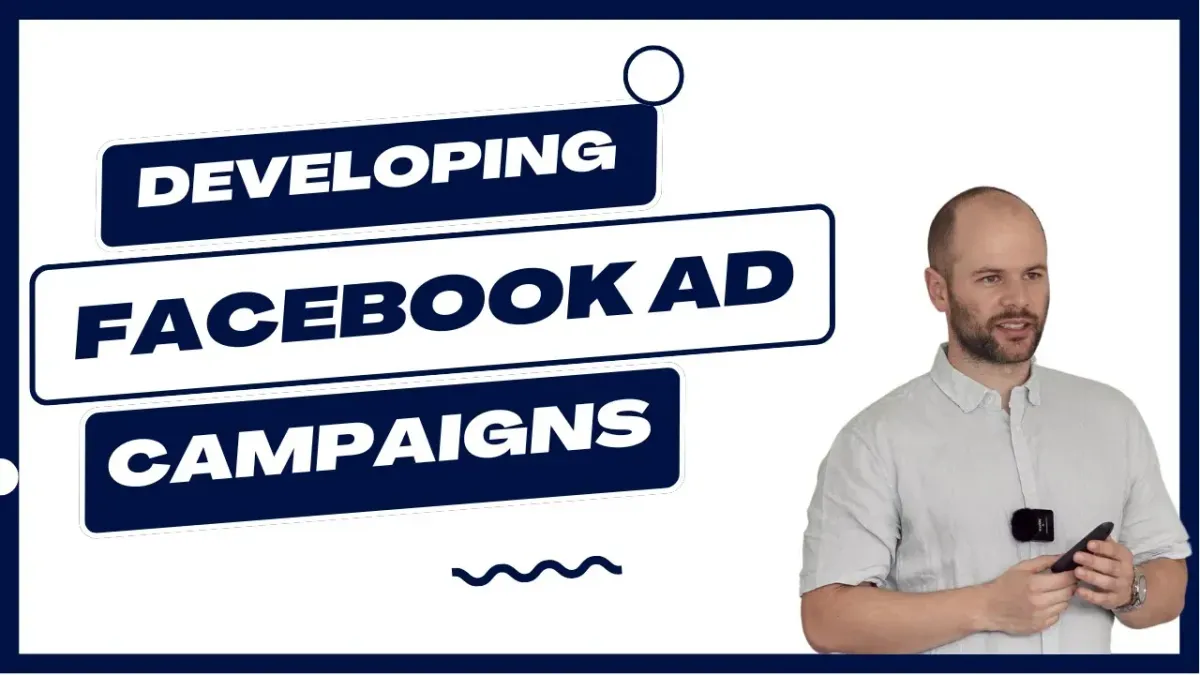
Facebook Ads Don't Run Like They Used To? Here's Why!
Crafting Winning Ad Campaigns: A 4-Step Process
In today's digital landscape, running successful ad campaigns is critical for business growth. But it's not just about throwing money at ads and hoping for the best. To truly achieve exceptional results, you need a strategic and well-informed approach. In this post, we'll unveil a four-step process for developing high-performing ad campaigns based on over $40 million in sales experience.
To watch the training head here otherwise continue reading:
Understanding Social Ads
Many businesses treat social media ads like old-school TV infomercials, pushing a hard sell on an audience that's actively trying to avoid it. This is a recipe for failure.
Social media users are on these platforms to be educated, entertained, and inspired. Successful ads tap into these desires, offering value and building a connection with the audience.
Key Takeaway: The best ad creatives often come from repurposing organic content that has already resonated with your audience.
The 4-Step Process
1. Ideation
This is where you brainstorm ideas and concepts for your campaign. It involves conducting in-depth market research and understanding your ideal customer profile (ICP). Key components of ideation include:
In-Market Research: Explore social media platforms, YouTube, forums, reviews, and competitor analysis to gather insights about your target audience.
ICP Research: Conduct interviews, surveys, or polls to delve deeper into your ICP's pain points, desires, and buying behavior.
Crafting the Offer: Develop a compelling offer that aligns with your research findings and addresses your audience's needs.
2. Production
Once you have a solid concept, it's time to create your ad assets. This involves:
Hooks: Start by identifying high-performing hooks from your organic content and brainstorm new ones based on your research. Choose hooks that grab attention, evoke curiosity, and highlight benefits.
Creative Format and Style: Determine whether you'll use video or static images, then select a style that resonates with your audience and message.
Copy: Craft persuasive copy that aligns with your chosen tone of voice and point of view.
Visuals: Create eye-catching visuals that complement your message and resonate with your target audience.
3. Launch
Get your campaign live! Set up your ad sets, targeting, and budget based on your research and goals.
4. Reporting and Refinement
This is where the magic happens. Analyze both quantitative and qualitative data to understand your campaign's performance.
Quantitative Data: Track metrics like cost per result, CPM (cost per thousand impressions), frequency, click-through rate, and overall spend.
Qualitative Data: Gather insights through sales feedback, customer surveys, and call recordings to understand the customer experience and identify areas for improvement.
Use this data to tell a story about your campaign's performance and create actionable insights. Refine your messaging, creatives, and targeting based on these findings to continuously improve your results.
Conclusion
Building a successful ad campaign is a dynamic process that requires ongoing testing, refinement, and optimization. By focusing on the entire buyer's journey and creating a cohesive ecosystem, you can achieve sustainable growth and long-term profitability.
Do you have any burning questions about creating effective ad campaigns? Ask away in the comments!